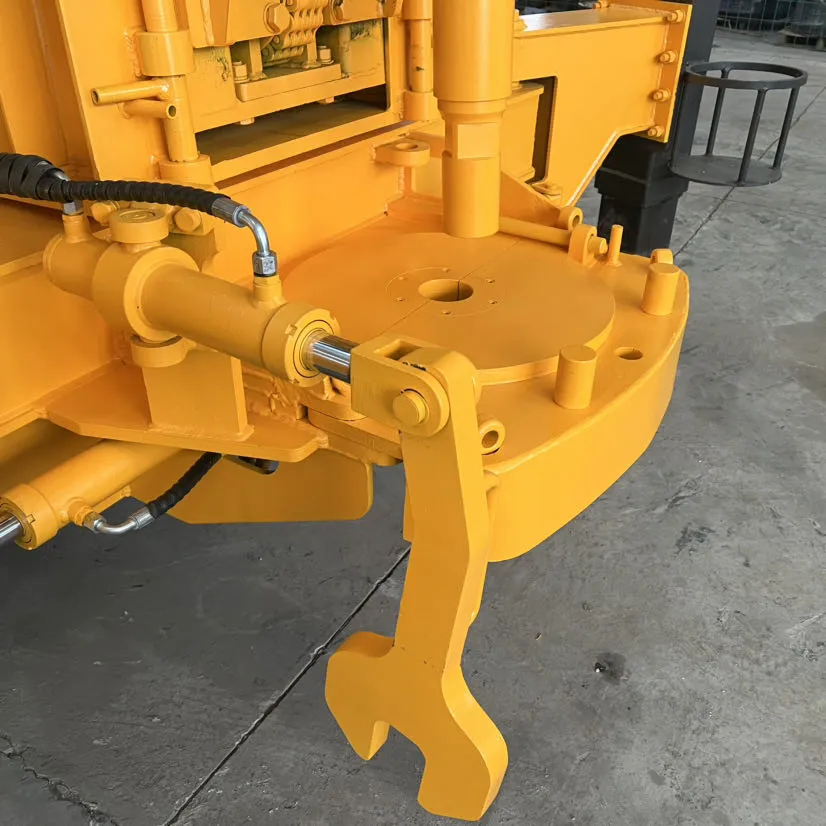Challenges and Responses to Water Well Drilling Operations in Loess Soil Layers
When conducting well drilling operations in loess layers, there are many challenges. Loess has special geotechnical properties, with uniform composition, mainly silty sand. It is rich in carbonates and small amounts of soluble salts, with developed large pores and vertical joints. When encountering water, it easily disintegrates, making loess layers have poor stability and prone to collapse.water well drilling rig
Water erosion is common in loess layers, which aggravates gully erosion and damages the soil structure around the wellbore. Meanwhile, the collapsibility of loess is also a major issue. When water enters the well, the loess may collapse, affecting the well’s stability.

To address these challenges:
- Choose rigs with strong wall – protection capability. For example, when using rotary drill rigs, combine them with appropriate mud wall protection technology. The mud forms a mud cake on the wellbore to stabilize it.
- Conduct a detailed survey of the loess layer before construction. Understand its geological structure and joint distribution to formulate a reasonable drilling plan. Control the drilling speed to avoid excessive soil disturbance caused by too fast drilling.
- In areas with strongly collapsible loess, take advance reinforcement measures. For instance, grout the soil around the wellbore to enhance its anti – collapsibility, ensuring the smooth progress of well drilling operations in loess layers.water well drilling rig
 Bangxin drilling rig
Bangxin drilling rig